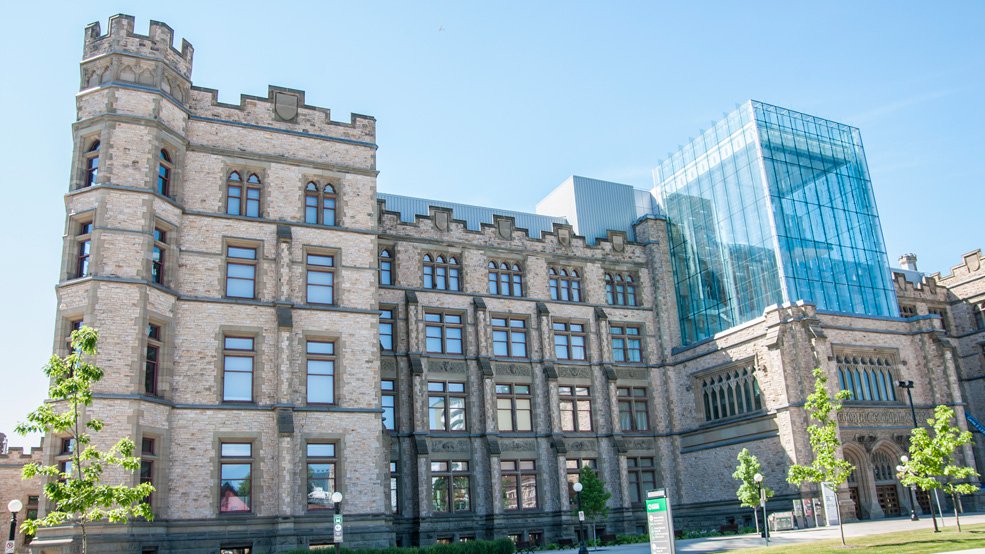The Canadian Museum of Nature’s new exhibit explores the future of sustainable biodiversity in Canada
By Liz Rodriguez
The Canadian Museum of Nature’s Beaty Centre for Species Discovery launched a science symposium on Feb.1-2 to explore the future of biodiversity conservation in Canada.
The two-day event began with an evening talk by University of Ottawa professor Jeremy Kerr, who is interested in changes to biodiversity in Canada as a whole. The second day featured a series of keynote speakers offering an outlook on sustainable use of biodiversity into the next century and the link between the museum’s collections and conservation.
Bob Anderson, research scientist and director of the Beaty Centre, documents the discovery, description, classification and naming of new species of animals, plants and minerals.
He said the symposium was meant to highlight Canadian endangered species, the future of the COSEWIC — the federal Committee on the Status of Endangered Wildlife in Canada — and Indigenous approaches to conservation in North America.
“I think it’s important to know that we share the world with a number of other living things and we are all interconnected somehow,” said Anderson. “And if some of these little parts . . . cease to exist and they are gone, that necessitates changes — and we don’t know what those changes might be.”
Anderson credits Indigenous people with providing a model for preserving biodiversity.
“Our native people have lived with biodiversity for many years and seem to do very well with it,” he said.
Eli Enns, Tla-o qui-aht from the west coast of Vancouver Island and co-chair of an Indigenous circle of experts on biodiversity, was one of the most prominent speakers at the symposium.
Enns is also an expert on bio-cultural heritage conservation and will be speaking about the interconnection between reconciliation and biodiversity protection and promotion.
Enns said he believes reconciliation and biodiversity must be achieved together because the federal government and other science institutes don’t have a monopoly on knowledge to make the land healthy.
When Europeans came to the Americas, Enns said, the Indigenous nations faced genocide and the environment began to suffer, as well. Now we have whole species that have been destroyed or enslaved as a result, he said.
Enns said the reconciliation of relations between the Indigenous people and the Crown also includes reconciling our relationship with the land and the water.
Other speakers during the symposium included University of Kansas evolutionary biologist Leonard Krishtalka and Carolyn Callaghan, a senior conservation biologist with the Canadian Wildlife Federation.
Most keynote speakers agreed on one central idea: our future is closely linked to the future of other living creatures.
“It all depends on what are we doing now to protect it,” said Anderson. “With climate change and population growth and loss of habitats, if we don’t do something to slow down those changes, I think we could be living in a very different world from what we see now.”

